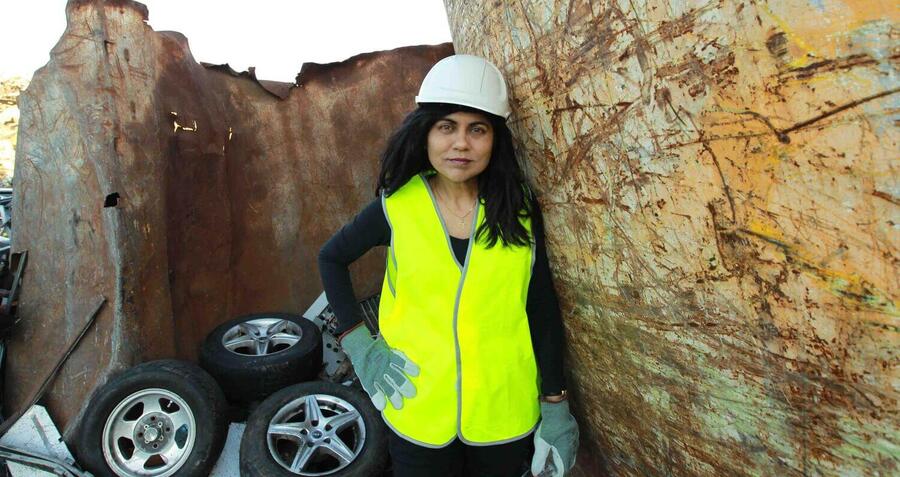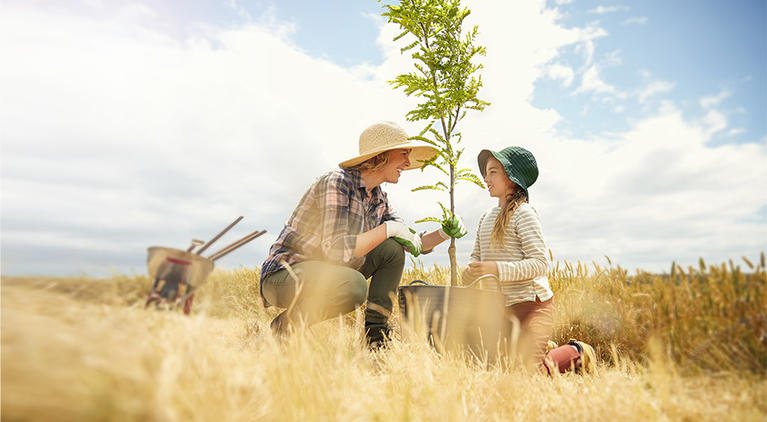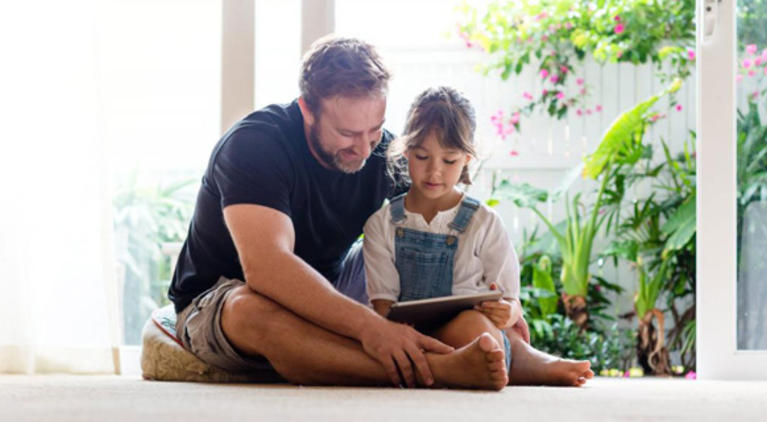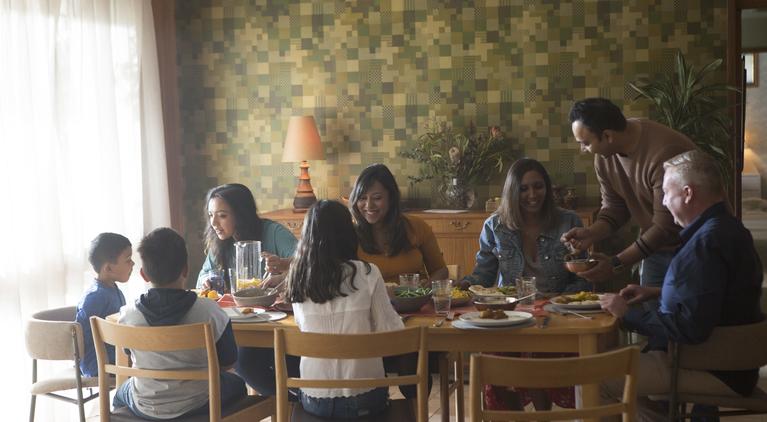Veena Sahajwalla’s fascination with rubbish dates back to her childhood in Mumbai, India. On the way to school she would walk past enormous mountains of trash being picked over by the city’s poorest communities. Sahajwalla, now a professor of materials science, realised then that if waste were more valuable – if we could recycle and reform it to produce new products and materials – it would benefit everyone.
“When I moved to the US and then to Australia, I was very aware that wealthy nations send huge volumes of potentially useful waste to landfill,” says Sahajwalla, who now directs the Centre for Sustainable Materials Research and Technology (SMaRT) at the University of NSW. “We know that that waste could be reformed and recycled instead of continuously sourcing more and more virgin raw materials at an unsustainable cost to the planet.”
Plastic planet
Much of that waste is plastic. Over the past 50 years, global plastics production has increased 20-fold, with only about 14 per cent collected for recycling worldwide. Nearly all plastic packaging is only ever used once, which means 95 per cent of the value of plastic packaging material we manufacture, worth $80 billion to $120 billion annually, is lost to the economy. At the same time, if we continue to consume and dispose of plastic at the rate we are now, by 2050 our oceans are likely to contain more plastics than fish (by weight), an environmental impact the United Nations Environment Programme conservatively estimates at $40 billion a year.
Success with steel
In 2005, in a bid to mitigate these numbers, Sahajwalla developed a world-first technology, which uses recycled plastics and rubber tyres in steelmaking. “‘Doing the science for an idea that is as new as this takes time, and there is always that ‘eureka!’ moment in the laboratory when you realise you have got it right,” she says. “That is, of course, really, really exciting and so is getting the news into scientific journals.
“My proudest moment, however, was when I took this to industry and began to work with Australian steelmakers. It was so gratifying to see the promise of my discovery being realised into industrial-scale furnaces.”
Factory forward
Sahajwalla imagines a world in which small-scale micro-factories are available everywhere waste is generated – neighbourhood processing units that take our waste and turn it back into new green products, materials and resources for production.
And it’s no pipe-dream: Sahajwalla and her team at UNSW are building the first two micro-factories this year. These will be able to turn common, high-volume waste products such as wood, textiles, plastics, e-waste and broken glass into usable products such as construction panels and benchtops.
Comfort without compromise
“I think we’ve been distracted for far too long by this false idea that we have to make a choice between the environment and our comforts,” Sahajwalla says. “Waste and wasteful processes and behaviour – we have the skills, the technologies and the intelligence to do a lot better without compromising our lifestyles.”
She suggests we all stop and think about whether we need a plastic bag or if we could buy a sandwich without plastic packaging or sit down for a coffee rather than grabbing an unrecyclable takeaway cup.
“Sustainability is about being smarter, not about reducing our standard of living,” says Sahajwalla. “With the knowledge and technologies we already have we can do a lot more with less, and every single day is another step forward towards more sustainable solutions.”
This is an example of the kind of human ingenuity that’s inspiring us at EnergyAustralia to move to a more carbon neutral and energy efficient world.




